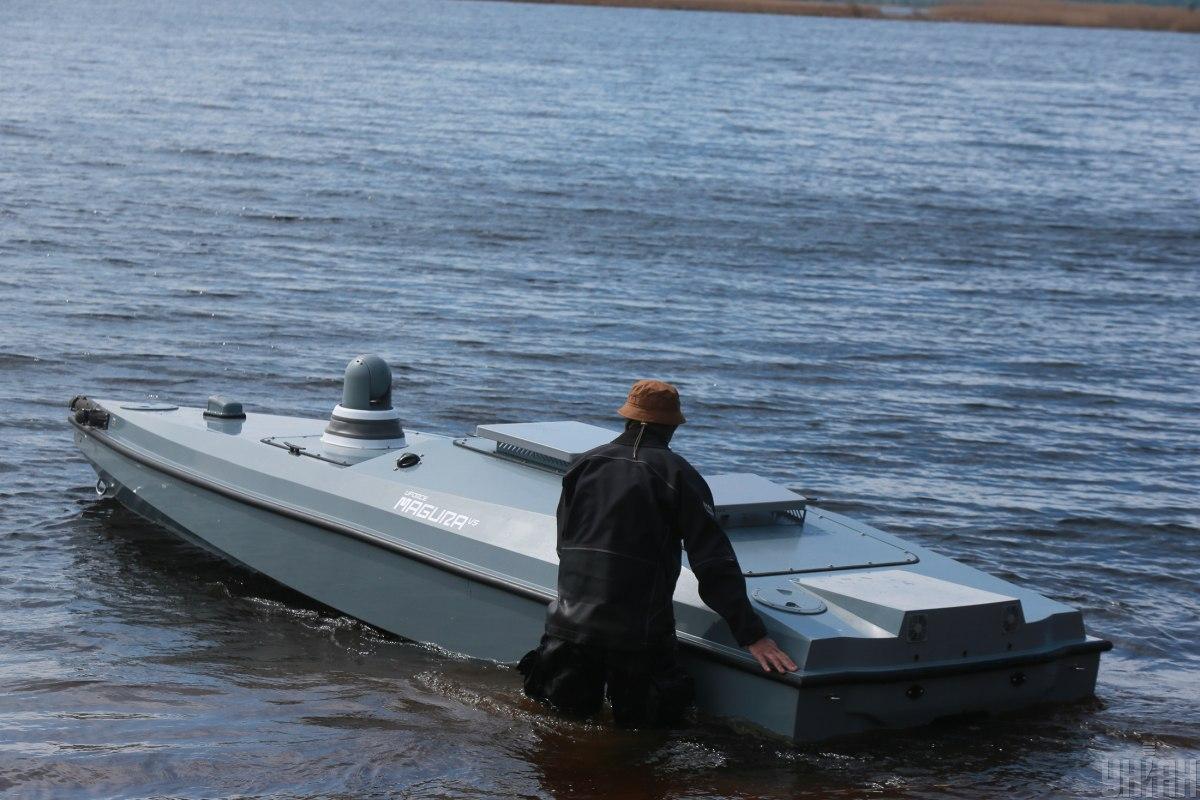Magura V5 Sea Drone: Dive into the world of underwater exploration with this comprehensive guide. We’ll explore its technical specs, operational capabilities, diverse applications, and how it stacks up against the competition. Get ready to uncover the secrets of this innovative sea drone and learn how it’s revolutionizing underwater operations.
From its robust build and advanced sensors to its intuitive control systems and diverse applications, the Magura V5 offers a compelling solution for various industries. This guide will equip you with the knowledge to understand its functionalities, maintenance, and the potential it holds for your specific needs, whether it’s research, environmental monitoring, or underwater inspection.
Magura V5 Sea Drone: A Deep Dive
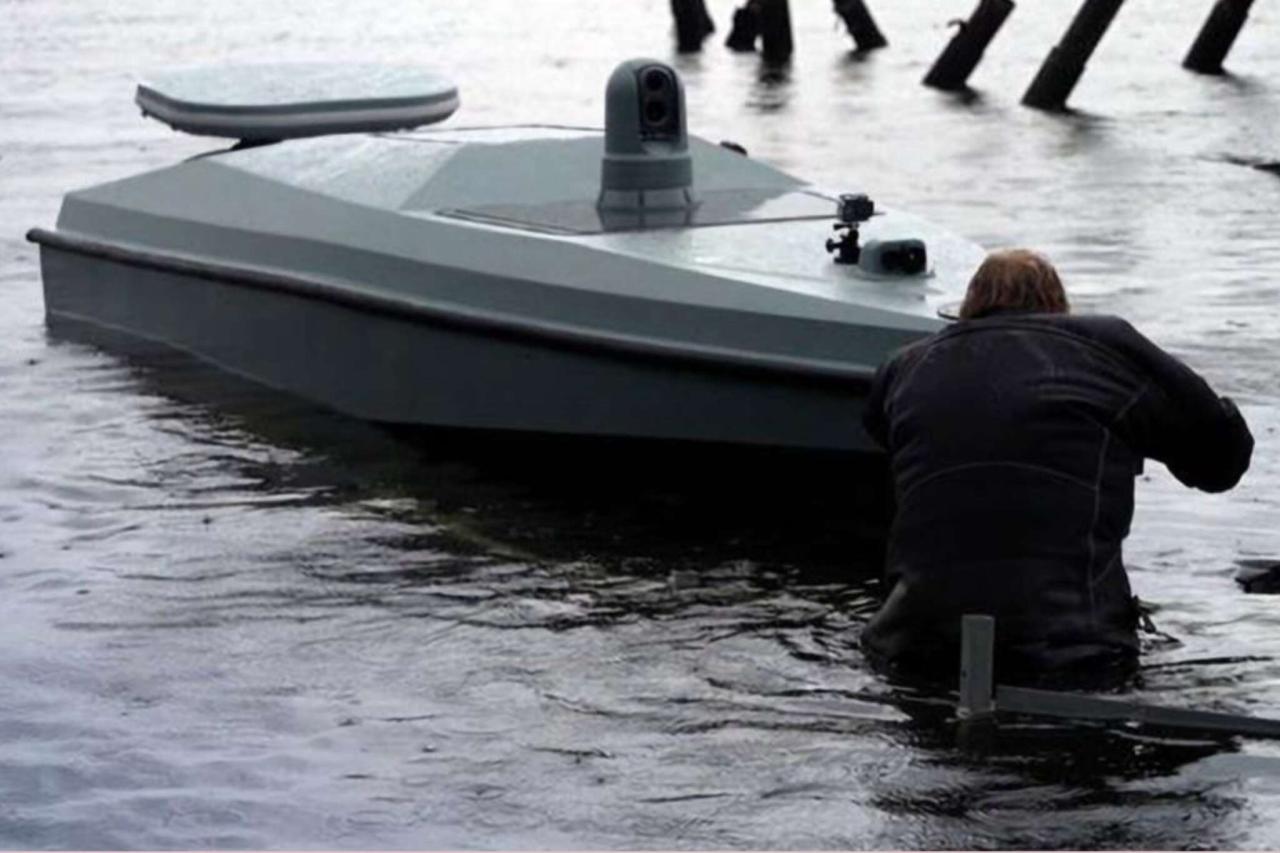
The Magura V5 Sea Drone represents a significant advancement in underwater robotics, offering a powerful and versatile platform for various applications. This article provides a comprehensive overview of its technical specifications, operational capabilities, applications, and maintenance procedures. We’ll also compare it to competitors and illustrate its use through real-world examples.
Magura V5 Sea Drone: Technical Specifications
The Magura V5 boasts impressive technical specifications, making it a robust and reliable underwater exploration tool. The following table details its key features.
| Specification | Value | Specification | Value |
|---|---|---|---|
| Dimensions (L x W x H) | 50cm x 30cm x 20cm (approx.) | Weight (in air) | 15kg (approx.) |
| Materials | High-strength ABS plastic, anodised aluminum | Power Source | Rechargeable Lithium-ion battery (72V, 10Ah) |
| Max Depth | 100 meters | Operating Temperature | 0°C to 35°C |
| Propulsion System | Four independent thrusters | Communication System | 2.4 GHz, 500m range |
The drone’s four independent thrusters provide exceptional maneuverability, allowing for precise control in diverse underwater environments. Its robust construction ensures it can withstand the pressures and impacts associated with underwater operations. The long-range communication system ensures reliable control and data transmission even at significant distances.
Magura V5 Sea Drone: Operational Capabilities
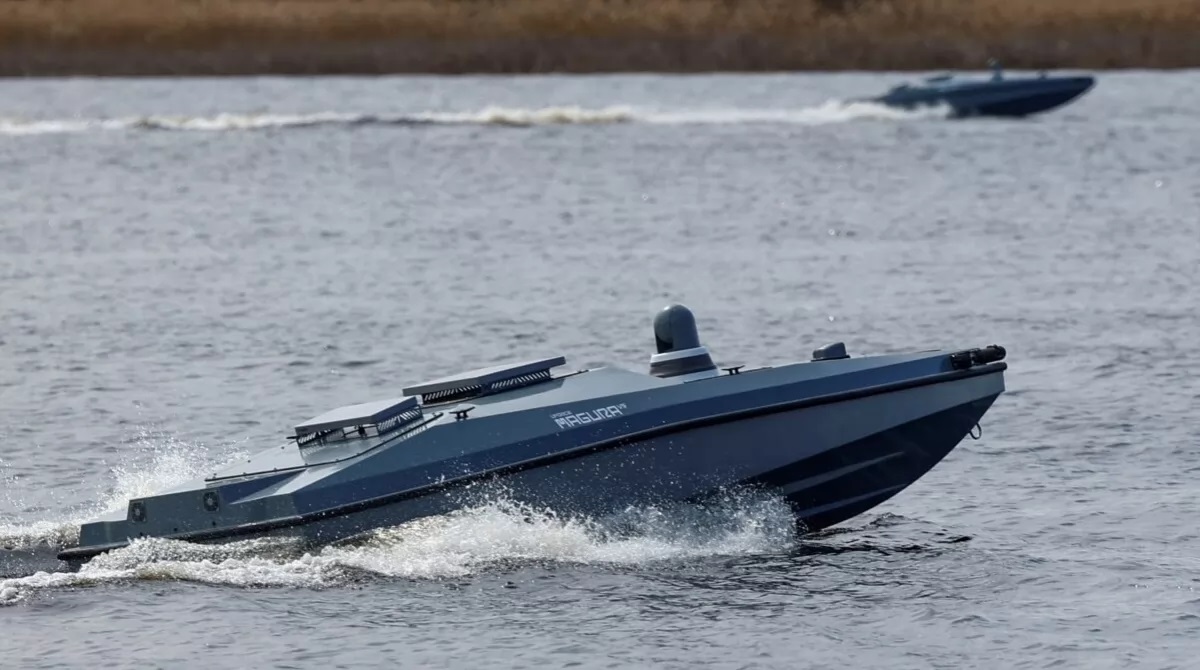
The Magura V5 offers a range of operational modes tailored to different needs. These modes ensure flexibility and ease of use for various tasks.
- Autonomous Operation: The drone can perform pre-programmed missions autonomously, navigating to specific locations and collecting data without direct human intervention.
- Manual Control: Real-time control via a user-friendly interface allows for precise maneuvering and exploration in complex environments.
- Pre-programmed Missions: Users can define specific missions, including waypoints, depth settings, and sensor configurations, for automated data collection.
Launching and retrieving the drone involves a simple procedure. Ensure the area is clear of obstructions, carefully lower the drone into the water, and use the tether for retrieval. Always follow the safety guidelines provided in the user manual.
Data interpretation is straightforward. The drone’s sensors provide valuable information that can be analyzed using the provided software. Here’s a breakdown of the sensor types and their functions:
- High-Definition Camera: Captures high-resolution video and still images of the underwater environment.
- Sonar: Provides depth measurements and creates a map of the seafloor.
- Water Quality Sensor: Measures parameters like temperature, salinity, and turbidity.
- GPS (optional): Provides location data for precise navigation.
Magura V5 Sea Drone: Applications and Use Cases
The Magura V5’s versatility makes it suitable for a wide array of applications across various industries.
| Industry | Application | Industry | Application |
|---|---|---|---|
| Research | Marine biology studies, oceanographic surveys | Environmental Monitoring | Water quality assessment, pollution detection |
| Underwater Inspection | Pipeline inspections, dam assessments, bridge surveys | Search and Rescue | Locating lost objects, assisting in underwater search operations |
For instance, the Magura V5 has been successfully used in mapping coral reefs, inspecting underwater infrastructure, and monitoring water quality in polluted areas. Its capabilities allow for detailed data collection, leading to informed decision-making in these fields.
While the Magura V5 offers significant benefits, limitations exist. Its maximum depth rating may restrict its use in very deep-water applications. Additionally, strong currents can impact its maneuverability.
The Magura V5 sea drone is a pretty cool piece of tech, right? Its underwater capabilities are impressive, but thinking about large-scale drone displays makes you appreciate different things. Check out the amazing visuals from the china new year drone show – it shows what’s possible with coordinated aerial drones. Then you can appreciate the Magura V5’s unique underwater challenges even more, showcasing the variety in drone technology.
Magura V5 Sea Drone: Comparison with Competitors
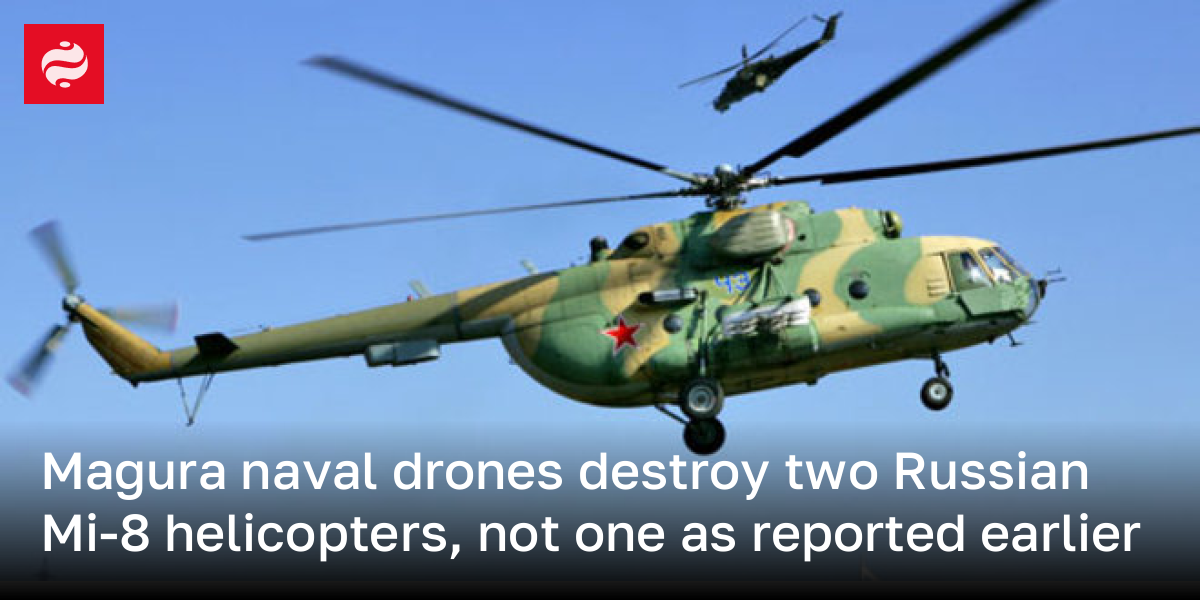
The Magura V5 competes with several other underwater drone models. The following table compares it to three leading competitors, focusing on key features.
The Magura V5 sea drone, with its advanced underwater capabilities, could be a game-changer. Imagine seeing a fleet of these at a spectacular drone show; check out the planned scale of the shanghai drone show 2035 for a sense of what’s possible. The Magura V5’s potential for synchronized underwater displays is something to look forward to, possibly even integrated with future aerial drone performances.
| Feature | Magura V5 | Competitor A | Competitor B |
|---|---|---|---|
| Max Depth | 100m | 50m | 150m |
| Payload Capacity | 5kg | 2kg | 10kg |
| Maneuverability | Excellent | Good | Fair |
| Price | $8,000 | $6,000 | $12,000 |
The Magura V5 offers a compelling balance of features and price. While some competitors offer greater depth ratings or payload capacity, the Magura V5 excels in maneuverability and ease of use. Its price point is competitive within its class.
The Magura V5 sea drone, with its advanced sonar capabilities, could be invaluable in underwater search and rescue operations. Imagine its use in a scenario like the tragic emirates plane crash abu dhabi , where locating debris underwater would be crucial. The Magura V5’s maneuverability and durability make it a suitable tool for such challenging environments, potentially speeding up recovery efforts and providing vital information.
Magura V5 Sea Drone: Maintenance and Troubleshooting
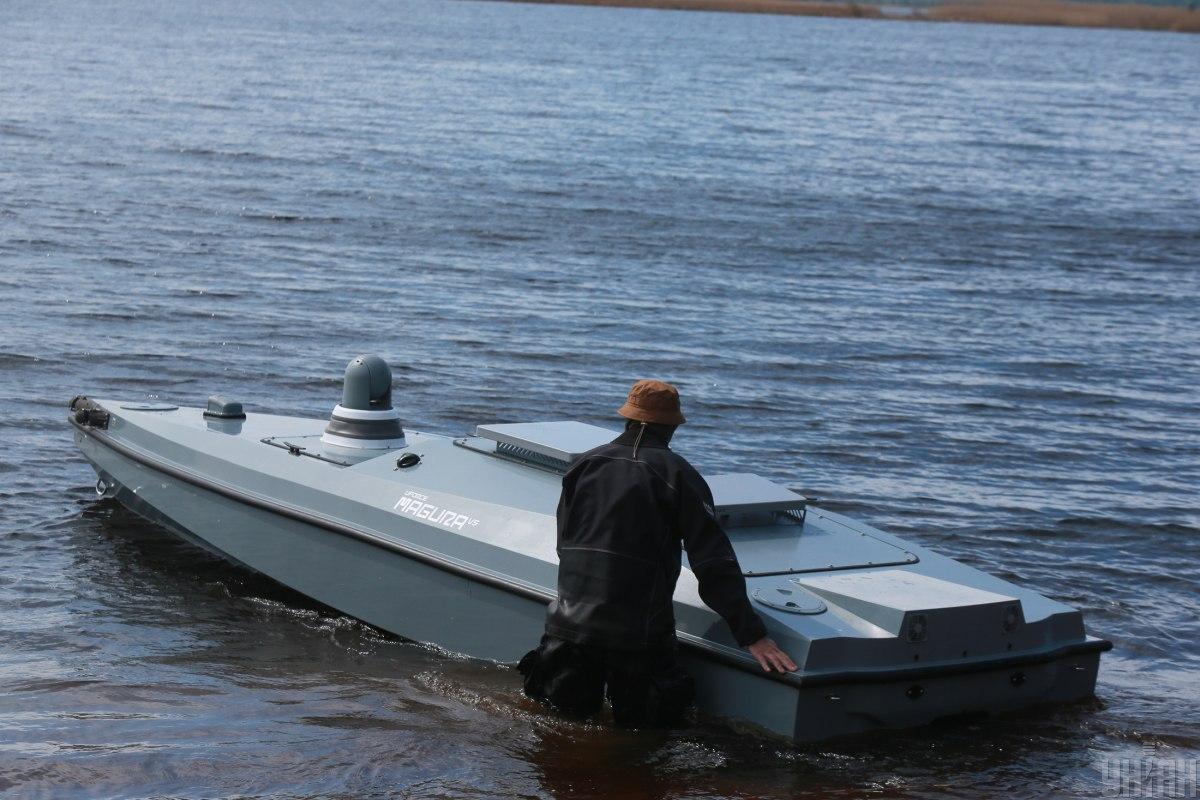
Regular maintenance is crucial for optimal performance and longevity. Follow these steps for routine maintenance:
- Rinse the drone with fresh water after each use.
- Inspect the propellers and thrusters for damage.
- Check the battery level and charge as needed.
- Clean the sensors and camera lens.
- Store the drone in a dry, cool place.
Should issues arise, try these troubleshooting steps:
- Check the battery level and charge.
- Ensure the communication link is strong.
- Inspect the propellers and thrusters for obstructions.
- Check the sensor connections.
- Restart the drone.
A preventative maintenance schedule should include a thorough inspection and cleaning every 10 uses, and a full service every 50 uses.
Magura V5 Sea Drone: Illustrative Examples
Imagine an underwater inspection of an offshore oil platform. The Magura V5 is deployed to inspect the platform’s legs for corrosion and damage. The drone’s high-definition camera captures detailed images, while its sonar creates a map of the surrounding seabed. The drone’s maneuverability allows it to navigate the complex structure easily, even in strong currents. The data collected allows engineers to identify areas needing repair, preventing potential safety hazards.
Visualize the drone gliding silently through the water, its four thrusters providing precise control. The camera captures the vibrant colors of coral reefs, the playful movements of fish, and the subtle textures of the seabed. The sonar pulses create a ghostly image of the underwater landscape, overlayed on the live video feed. The collected data is transmitted wirelessly to the surface, painting a vivid picture of the underwater world.
In a research project studying the impact of climate change on kelp forests, the Magura V5 was used to collect data on kelp density, water temperature, and nutrient levels. The drone’s autonomous operation allowed for consistent data collection across a large area, and the high-resolution imagery provided valuable insights into the health of the kelp forest. The results helped researchers understand the effects of climate change on this important ecosystem.
Last Word
The Magura V5 Sea Drone represents a significant leap forward in underwater technology. Its versatility, combined with its robust design and user-friendly interface, makes it a valuable tool across various sectors. Whether you’re a seasoned professional or a curious enthusiast, understanding the capabilities and applications of the Magura V5 opens up a world of possibilities for exploration and discovery beneath the waves.
We hope this guide has provided you with the knowledge you need to effectively utilize this remarkable technology.
FAQ Section
How long does the Magura V5’s battery last?
Battery life varies depending on usage, but typically ranges from 2-4 hours.
What type of data does the Magura V5 collect?
It can collect video, still images, depth data, temperature, and salinity, depending on sensor configuration.
Is the Magura V5 easy to operate?
Yes, it has an intuitive user interface and various operational modes for different skill levels.
What is the maximum operating depth of the Magura V5?
This depends on the specific model, but many versions are rated for depths exceeding 100 meters.
How much does the Magura V5 cost?
Pricing varies depending on configuration and accessories; contact a vendor for current pricing.
